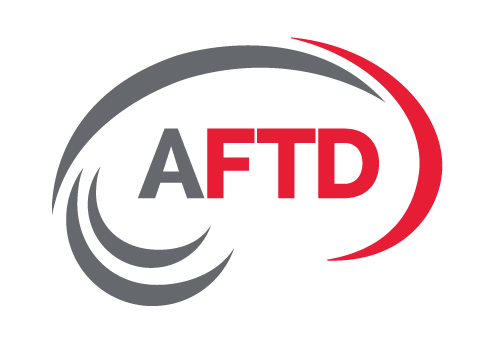Throughout the ALS research community, you’ll find brilliant scientists working tirelessly on promising breakthroughs. In our Under the Microscope series, we are shining a light on some of these scientists leading collaborative projects supported by Target ALS — work that could someday change the outlook for ALS and FTD patients worldwide.
Familial ALS is most commonly caused by mutations in the gene C9ORF72, however stopping or slowing disease derived from those mutations remains a mystery. Researcher and Professor of Cellular and Molecular Medicine at the University of California San Diego, Gene Yeo, is dedicated to finding solutions with RNA-directed therapy.
Name: Gene Yeo, PhD MBA
Title: Professor, Cellular and Molecular Medicine, University of California San Diego
Project: RNA-directed therapy for C9orf72-linked ALS using zinc finger nucleases
1. Please tell us about your project for which Target ALS has provided funding.
ALS is caused by mutations in the gene C9ORF72. GGGGCC hexanucleotide repeat expansions, (G4C2)exp, in the first intron of the C9ORF72 gene is the most common cause of familial ALS (C9-ALS) and have been linked to RNA-mediated pathogenesis by the formation of toxic RNA foci formed from both sense (G4C2)exp and antisense (C4G2)exp C9ORF72 transcripts. Our team has generated compelling preliminary data supporting the feasibility of an innovative therapeutic strategy that capitalizes on novel RNA-targeting human zinc finger (ZNF) technology that can degrade both sense (G4C2)exp and antisense (C4G2)exp C9ORF72 transcripts simultaneously. Target ALS has provided funding to evaluate our technology in C9ORF72-ALS mice models.
2. How would you explain this research to someone without a background in science or medicine?
We have developed new molecular scissors to chew up toxic RNA-repeat containing genes in the most common cause of familial ALS, C9orf72-mutations. These scissors can be delivered as a novel form of gene therapy which will find these toxic RNA repeats and destroy them. We hope that these would be a treatment for ALS patients.
3. Are you using any of the Target ALS scientific core resources or tools to advance your work? If yes, which ones and what value do they provide?
We are using Target ALS-funded core at the Jackson Laboratories to conduct these in vivo experiments.
4. Targeting the discovery of biomarkers has become a big focus in ALS research, including through the Target ALS Diagnosis Initiative. How might you describe a biomarker to someone who isn’t a scientist? Once biomarkers are discovered, how/why will they be important to the field?
To me, biomarkers are like the dashboard indicators in a car – telling us whether we have enough fuel, or what speed we are going at, whether we have sufficient coolant water in the tank, without having to take the car apart to look at those specific parts. To perform effective therapeutics we need to know what the indicators are that our drug or treatment is working without having to get too invasive. The best biomarkers would be ones that are non-invasive.





